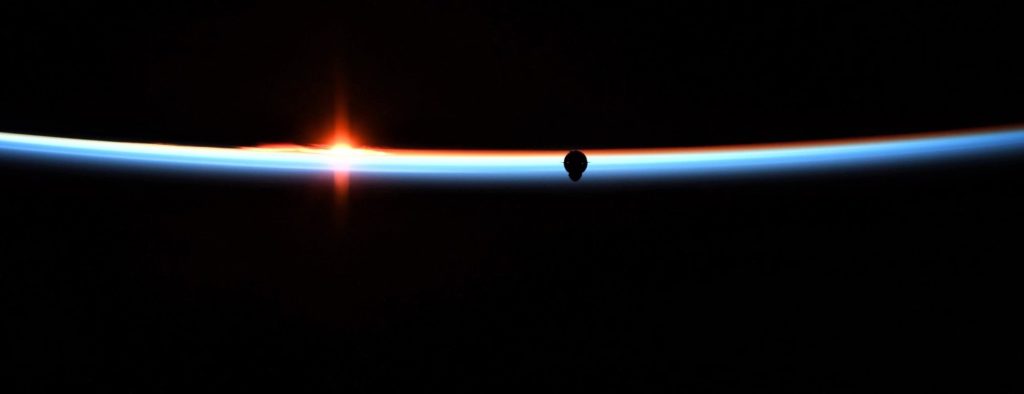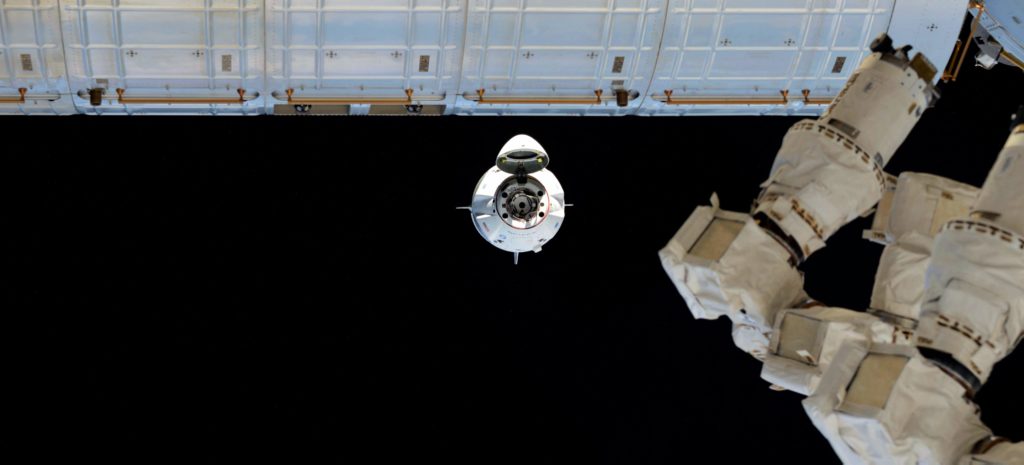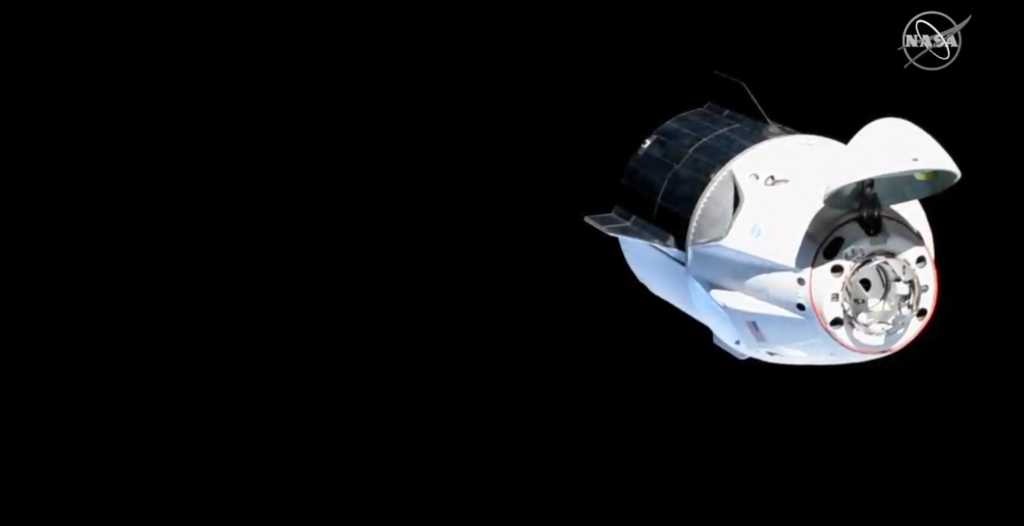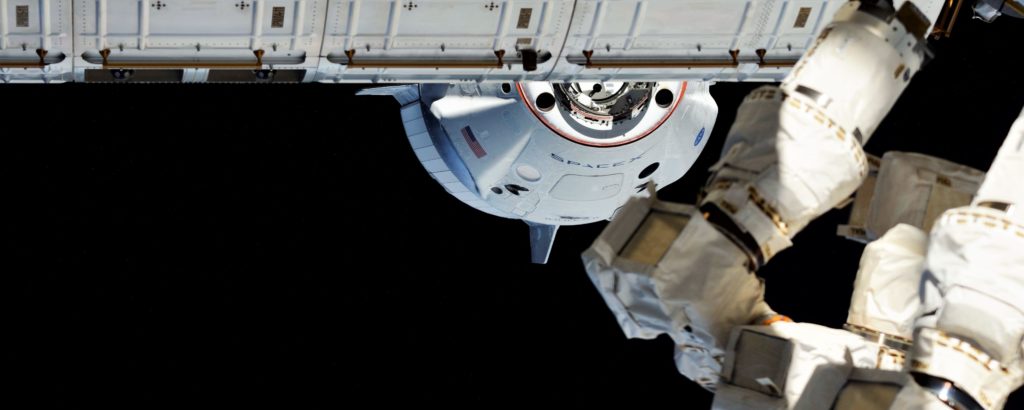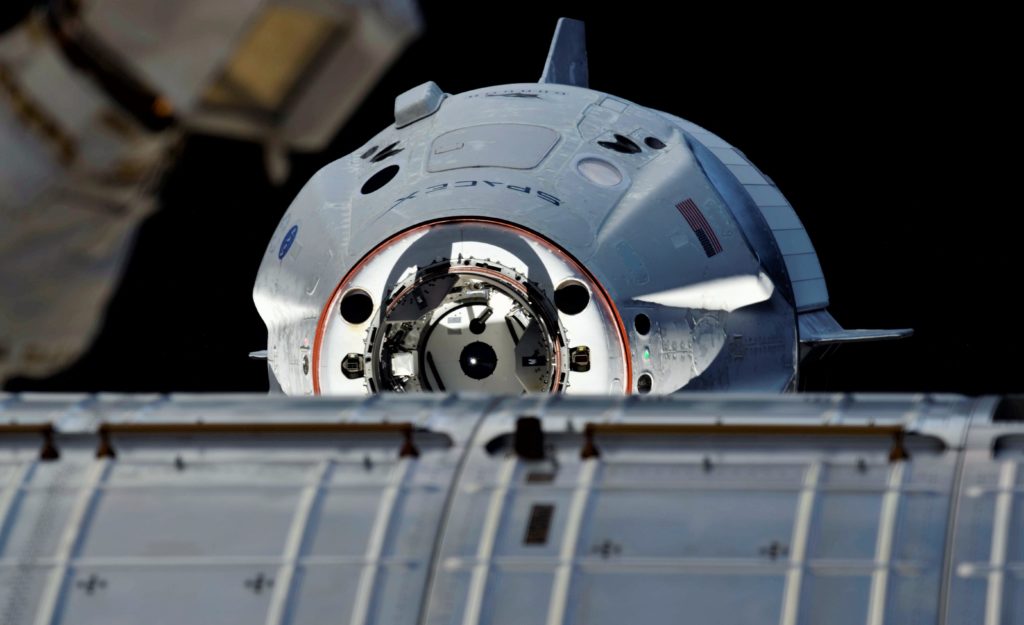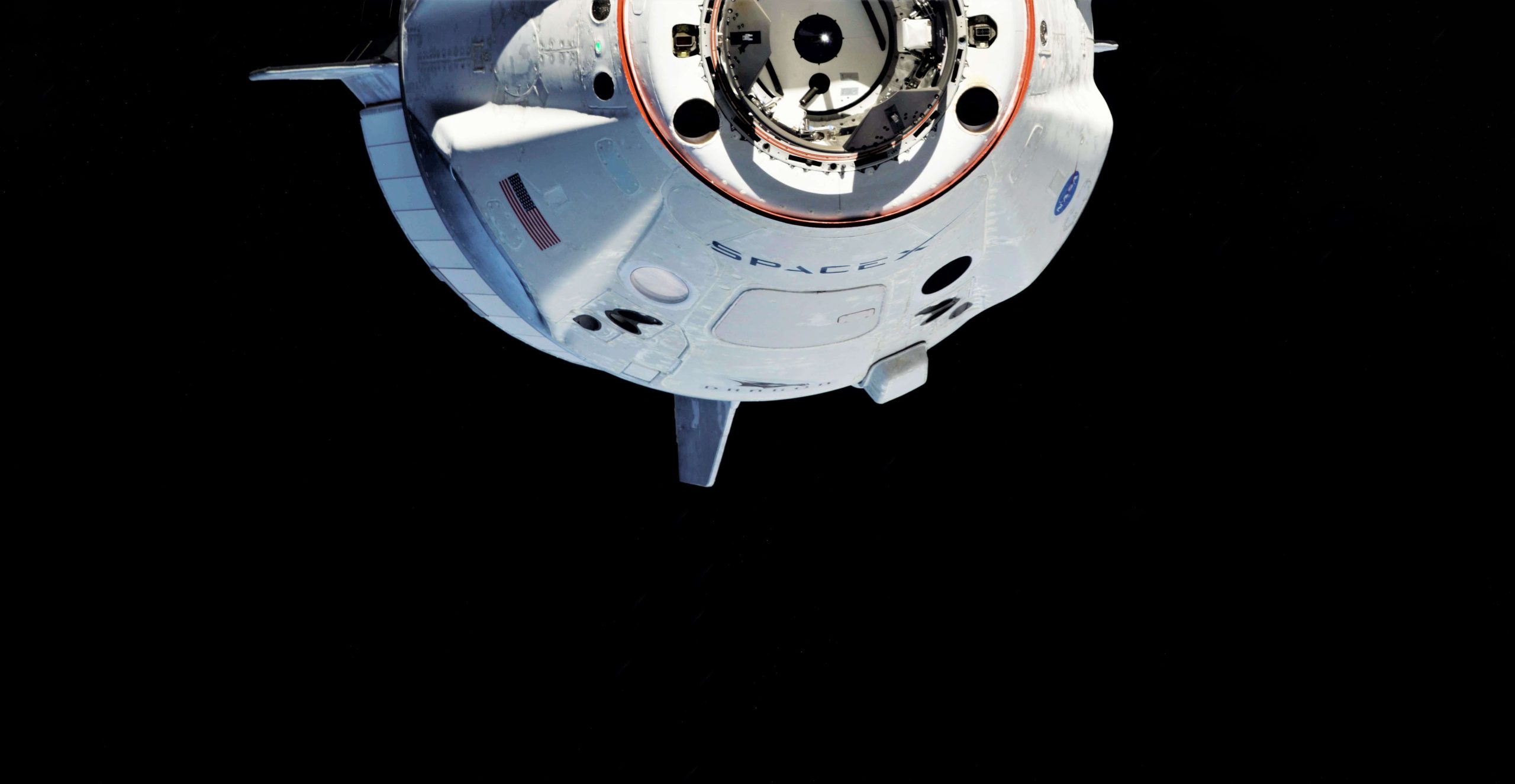
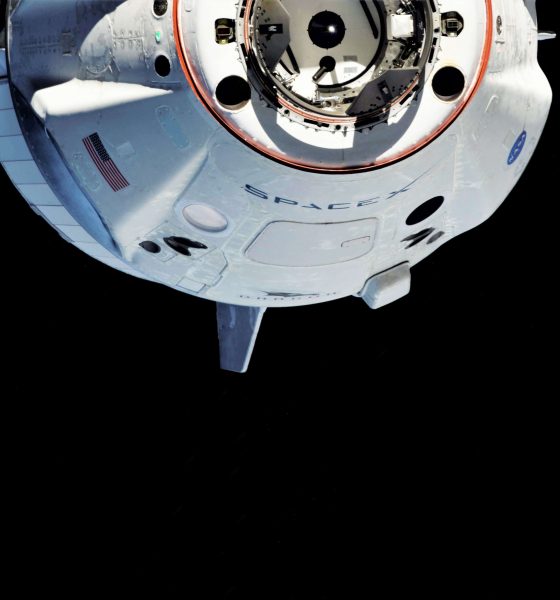
SpaceX
SpaceX’s Crew Dragon spaceship shown off in first high-res orbital portraits
Taken by Russian cosmonaut Oleg Kononenko, the first high-resolution photos of SpaceX’s Crew Dragon spacecraft have begun to trickle in, offering the best views yet of the advanced human-rated spacecraft in its natural habit: Earth orbit.
Filling in for a distinct and uncharacteristic lack of official photos from NASA, the spacecraft’s inaugural spaceflight had thus far only been documented through NASA’s own live coverage of its International Space Station (ISS) rendezvous, limited to a relatively low-quality stream. With Oleg’s extremely high-resolution captures, we can begin to see SpaceX’s Crew Dragon with a level of detail previously only seen (if ever) on the ground.
Stunning photos of Dragon 2 docking from Oleg Kononenko! https://t.co/Lu9zlKFPt9
He was monitoring from the Russian section, near the Soyuz, due to Rocosmos contingency procedures.
Hires set:https://t.co/lFuRSzlvpQ pic.twitter.com/6wrBqVDPOP
— NSF – NASASpaceflight.com (@NASASpaceflight) March 4, 2019
In all fairness to NASA, the ISS is operating with just three crew members, only one of which – Anne McClain – is a NASA astronaut. Particularly the case for an operation as critical as Crew Dragon’s inaugural orbital docking attempt, the task of controlling space vehicle rendezvous typically requires the full attention of one or two onboard astronauts – in this case, NASA’s Anne McClain and Canadian Space Agency (CSA) astronaut David Saint-Jacques. Veteran Russian cosmonaut Oleg Kononenko, however, was required by Roscosmos to remain in the Russian segment of the ISS in the event of a catastrophic anomaly during Crew Dragon’s approach to the station.
Just prior to launch, NASA broke the news that its Russian ISS partners had expressed concerns about the design of Crew Dragon’s approach trajectory, mainly focusing on the fact that a loss of control or communications while moving towards the station would leave no way for the spacecraft to naturally slow down. In other words, a dead spacecraft with a forward velocity would simply continue moving forward until it impacted the ISS, a bit like a semi-truck crash in slow motion (i.e. < 0.5 m/s or 1 mph). Weighing a hefty 12 tons (~26,600 lbs) during the arrival, even an extremely low-speed impact could undoubtedly do some damage to the ISS, although an actual hull breach (and thus a need to evacuate) would be extraordinarily unlikely. Still, Oleg was unable to significantly assist during the rendezvous itself, although the cosmonaut was front and center after Crew Dragon’s successful capture.

Taking advantage of the opportunity to observe, the cosmonaut was able to take a number of photos of Crew Dragon’s arrival, although the location of its docking port makes for a less than optimal perspective. Still, it’s hard to complain about any extremely high-quality photos of Crew Dragon, and Oleg’s are nothing short of spectacular. Highlighting the spacecraft’s nose section and docking port hardware, as well as limited views of its trunk section and body, this is quite possibly the first time SpaceX’s newest vehicle has been publicly shown off at this level of detail.
This privileged view includes a detailed look at Crew Dragon’s Draco maneuvering thrusters (elongated black ovals below SpaceX logo), two shrouds containing half of its SuperDraco abort thrusters (beneath the NASA meatball and flag emblem), the ‘Dragon Claw’ latch connecting the capsule and trunk (a smooth rectangle in the lower right), and even a (likely) duo of LIDAR arrays to the left and right of the docking adapter ring. Other notable appearances include the disposable trunk section’s radiators (a series of white rectangles visible on the left) and empennage, four fins meant to provide aerodynamic stability in the event of an abort. Just out of view is trunk’s sculpture-like solar array, curved to fit along the upper (relative) half of the section and fixed in place to minimize failure modes associated to deployable solar arrays like those used on Cargo Dragon.
- Crew Dragon is backlit by an orbital sunrise over Earth’s limb on its inaugural March 2019 spaceflight. (Anne McClain)
- Crew Dragon’s ISS approach. (Oleg Kononenko)
- A better view of the solar array half of Crew Dragon’s trunk section. (NASA)
- Cloooooser… (Oleg Kononenko)
- (Oleg Kononenko)
After completing its successful space station docking debut on the morning of March 3rd, Crew Dragon is scheduled to depart the ISS and reenter Earth’s atmosphere for a soft landing in the Atlantic Ocean around 9 am PST (14:00 UTC) on March 8th. According to the SpaceX and NASA hosts of the live docking coverage, Crew Dragon’s DM-1 departure from the ISS will also be treated to a hosted webcast, potentially all the way through reentry and recovery aboard the customized SpaceX vessel GO Searcher. According to CEO Elon Musk, there is a slight but present chance of anomalous behavior during reentry due to aerodynamic instability caused by the shrouds covering Crew Dragon’s unique SuperDraco abort system, while NASA continues to have concerns (largely unexplained) about the spacecraft’s redundant parachute system.
Regardless of technical concerns, Crew Dragon’s reentry will be the final critical challenge in the way of completing its first demonstration launch (DM-1), proceeded by a flawless launch and equally flawless docking. If successful, it will explicitly pave the way for the spacecraft’s second demonstration mission (DM-2), in which two NASA astronauts will be transported to the ISS. That major milestone could occur as early as July, although slips are probable.
Check out Teslarati’s newsletters for prompt updates, on-the-ground perspectives, and unique glimpses of SpaceX’s rocket launch and recovery processes!

Elon Musk
Elon Musk gives nod to SpaceX’s massive, previously impossible feat
It was the booster’s 30th flight, a scenario that seemed impossible before SpaceX became a dominant force in spaceflight.
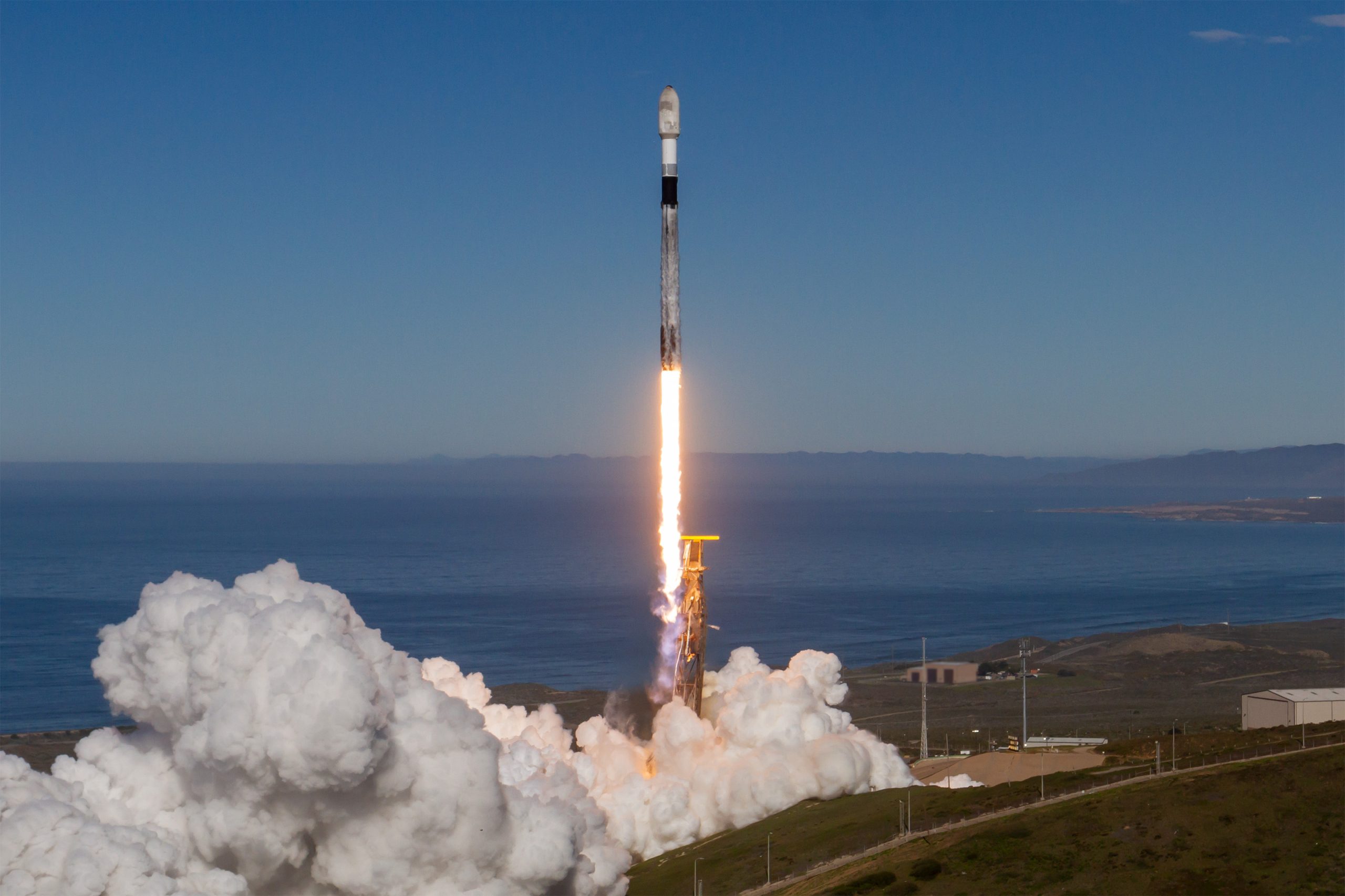
Elon Musk gave a nod to one of SpaceX’s most underrated feats today. Following the successful launch of the Transporter-15 mission, SpaceX seamlessly landed another Falcon 9 booster on a droneship in the middle of the ocean.
It was the booster’s 30th flight, a scenario that seemed impossible before SpaceX became a dominant force in spaceflight.
Elon Musk celebrates a veteran Falcon 9 booster’s feat
SpaceX completed another major milestone for its Smallsat Rideshare program on Friday, successfully launching and deploying 140 spacecraft aboard a Falcon 9 from Vandenberg Space Force Base. The mission, known as Transporter-15, lifted off two days later than planned after a scrub attributed to a ground systems issue, according to SpaceFlight Now. SpaceX confirmed that all payloads designed to separate from the rocket were deployed as planned.
The Falcon 9 used for this flight was booster B1071, one of SpaceX’s most heavily flown rockets. With its 30th mission completed, it becomes the second booster in SpaceX’s fleet to reach that milestone. B1071’s manifest includes five National Reconnaissance Office missions, NASA’s SWOT satellite, and several previous rideshare deployments, among others. Elon Musk celebrated the milestone on X, writing “30 flights of the same rocket!” in his post.
Skeptics once dismissed reusability as unfeasible
While rocket landings are routine for SpaceX today, that was not always the case. Industry veterans previously questioned whether reusable rockets could ever achieve meaningful cost savings or operational reliability, often citing the Space Shuttle’s partial reusability as evidence of failure.
In 2016, Orbital ATK’s Ben Goldberg argued during a panel that even if rockets could be reusable, they do not make a lot of sense. He took issue with Elon Musk’s claims at the time, Ars Technica reported, particularly when the SpaceX founder stated that fuel costs account for just a fraction of launch costs.
Goldberg noted that at most, studies showed only a 30% cost reduction for low-Earth orbit missions by using a reusable rocket. “You’re not going to get 100-fold. These numbers aren’t going to change by an order of magnitude. They’re just not. That’s the state of where we are today,” he said.
Former NASA official Dan Dumbacher, who oversaw the Space Launch System, expressed similar doubts in 2014, implying that if NASA couldn’t make full reusability viable, private firms like SpaceX faced steep odds.
Elon Musk
SpaceX’s Starship program is already bouncing back from Booster 18 fiasco
Just over a week since Booster 18 met its untimely end, SpaceX is now busy stacking Booster 19, and at a very rapid pace, too.
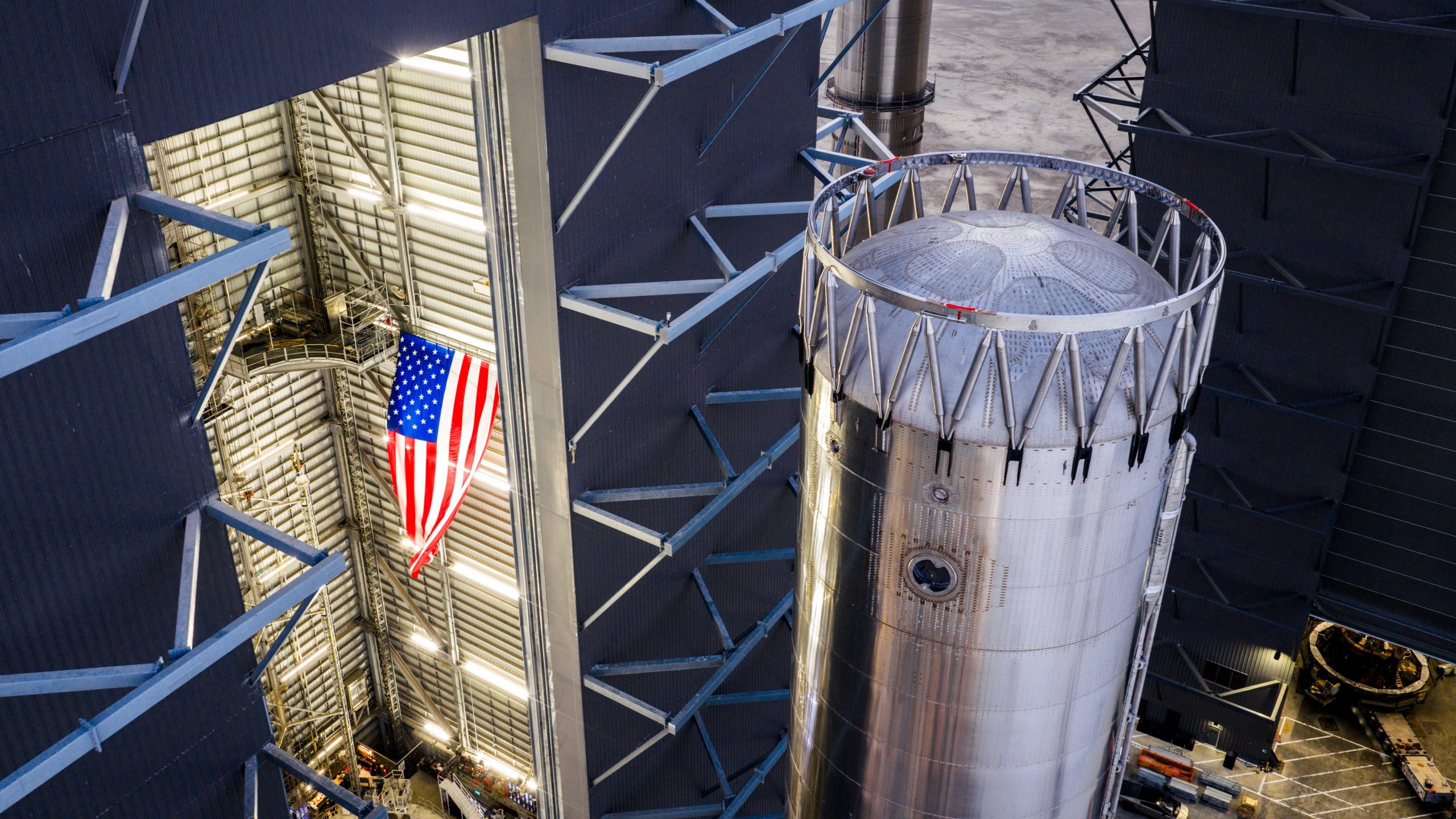
SpaceX is already bouncing back from the fiasco that it experienced during Starship Booster 18’s initial tests earlier this month.
Just over a week since Booster 18 met its untimely end, SpaceX is now busy stacking Booster 19, and at a very rapid pace, too.
Starship V3 Booster 19 is rising
As per Starbase watchers on X, SpaceX rolled out the fourth aft section of Booster 19 to Starbase’s MegaBay this weekend, stacking it to reach 15 rings tall with just a few sections remaining. This marks the fastest booster assembly to date at four sections in five days. This is quite impressive, and it bodes well for SpaceX’s Starship V3 program, which is expected to be a notable step up from the V2 program, which was retired after a flawless Flight 11.
Starship watcher TankWatchers noted the tempo on X, stating, “During the night the A4 section of Booster 19 rolled out to the MegaBay. With 4 sections in just 5 days, this is shaping up to be the fastest booster stack ever.” Fellow Starbase watcher TestFlight echoed the same sentiments. “Booster 19 is now 15 rings tall, with 3 aft sections remaining!” the space enthusiast wrote.
Aggressive targets despite Booster 18 fiasco
SpaceX’s V3 program encountered a speed bump earlier this month when Booster 18, just one day after rolling out into the factory, experienced a major anomaly during gas system pressure testing at SpaceX’s Massey facility in Starbase, Texas. While no propellant was loaded, no engines were installed, and no one was injured in the incident, the unexpected end of Booster 18 sparked speculation that the Starship V3 program could face delays.
Despite the Booster 18 fiasco, however, SpaceX announced that “Starship’s twelfth flight test remains targeted for the first quarter of 2026.” Elon Musk shared a similar timeline on X earlier this year, with the CEO stating that “ V3 is a massive upgrade from the current V2 and should be through production and testing by end of year, with heavy flight activity next year.”
Considering that Booster 19 seems to be moving through its production phases quickly, perhaps SpaceX’s Q1 2026 target for Flight 12 might indeed be more than feasible.
Elon Musk
Elon Musk shares SpaceX’s directive that destroys a prevalent media narrative
Musk’s comments followed Starlink’s initiatives for people affected by severe flooding in Indonesia and Cyclone Ditwah in Sri Lanka.

Elon Musk recently shared SpaceX’s standing policy to offer free Starlink service during natural disasters worldwide, highlighting the company’s commitment to pursue aid over profit during times of need.
Musk’s comments followed Starlink’s initiatives for people affected by severe flooding in Indonesia and Cyclone Ditwah in Sri Lanka.
Starlink activates free service in Indonesia and Sri Lanka
Starlink recently announced free service for those impacted by severe flooding in Indonesia’s Sumatra region, partnering with the government to deploy terminals rapidly to the hardest-hit areas. The offer extends to new and existing customers through December, restoring connectivity in zones where traditional networks have failed due to infrastructure damage.
Musk quoted the post on X, writing, “SpaceX standard policy is to make Starlink free whenever there is a natural disaster somewhere in the world. It would not be right to profit from misfortune.”
Starlink extended the same relief to Sri Lanka amid Cyclone Ditwah, coordinating with local authorities for additional support. The cyclone battered the island nation with heavy rains and winds, disrupting communications for thousands. Free access also lasts until year-end, emphasizing Starlink’s role in bridging gaps during crises.
“For those affected by the severe flooding in Indonesia and Sri Lanka in the aftermath of Cyclone Ditwah, Starlink is providing free service to new and existing customers through the end of December 2025. We’re also working with the Indonesian government to rapidly deploy terminals and restore connectivity to the hardest-hit areas on Sumatra, as well as with the Sri Lankan government to provide additional assistance,” Starlink wrote in a post on its official website.
Musk’s companies routinely provide aid
Musk’s firms have a track record of providing critical support in crises, often without fanfare, challenging portrayals of him as a comic book villain intent on enriching himself on the backs of a suffering populace. In January 2024 alone, Tesla opened Superchargers for free in Japan’s Hokuriku region after a magnitude 7.6 earthquake killed at least 55 and injured hundreds.
Similar efforts include Starlink deployments for the 2023 Maui wildfires, 2024 Hurricane Helene in North Carolina, and floods in Texas, where the service was used to help facilitate emergency coordination. These actions, which total millions in waived fees and logistics, demonstrate a proactive ethos among Musk’s companies, with Musk noting in past interviews that such aid stems from engineering solutions over optics.
The initiatives also provide a direct rebuttal of Musk’s characterization on mainstream media, which tends to lean negatively. This has become much more notable in recent years as Musk adopted more conservative policies. These negative sentiments came to a head earlier this year when Tesla stores, vehicles, and even some owners, were attacked during waves of anti-Tesla protests.
